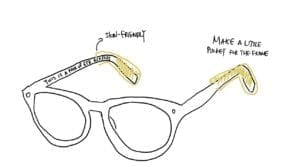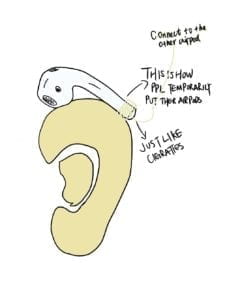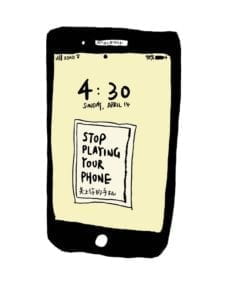This work is about persuasive design. Our target user is Eric, one of the IMA professor. His problem is that he couldn’t find a certain time to do meditation yet he knew meditation would be helpful for him. Leon assigned the whole class 5 groups. Each group represents one color of hats. In my opinion, it stands for different responsibilities for solving the design problem. The group that I had was a green hat, which requires our creative mind to do ideation. My work was to think about as many ideas as possible in a short amount of time. It was quite fun to just randomly come up with ideas. However, in Eric’s case, it was really hard to help him with that. Based on the chart that we talked about in class, finding a time to do meditation has a high ability and a high motivation since he wanted to do that. So what we needed to do was to find the trigger for him to execute the work. I proposed that he needed to find professional help for that. If he goes to see a therapist, it may force him to do meditation.
I think the workshop would be better if we had more times. Because there are color groups who have to summarize our ideas and pick one of the best while we are brainstorming. So it looked a little bit rush 🙂


